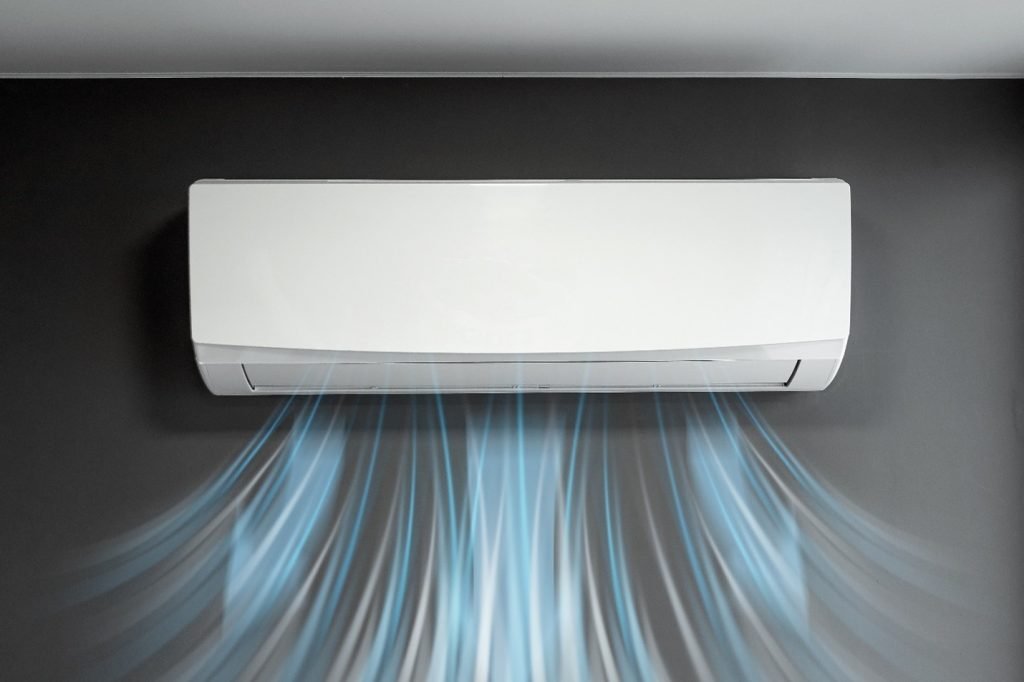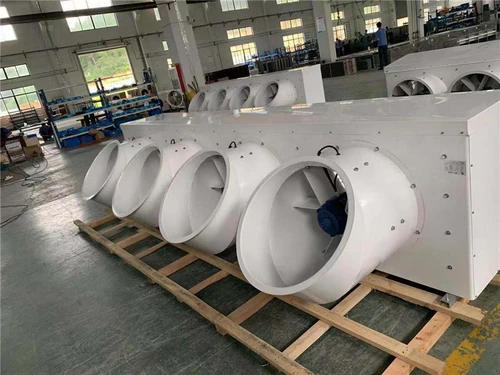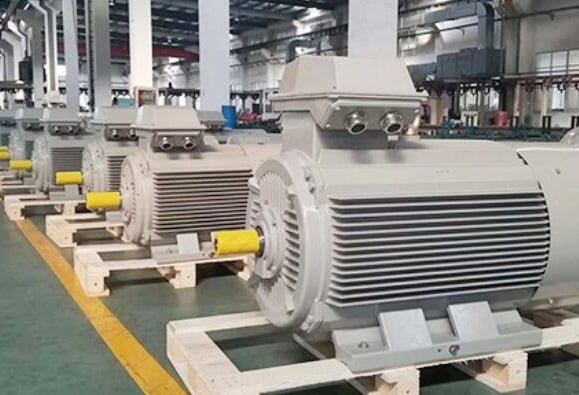Refrigerants are essential components of air conditioning and cold room systems, playing a crucial role in achieving effective cooling and maintaining optimal temperature conditions. These remarkable substances are responsible for heat transfer, allowing us to create comfortable indoor environments and preserve perishable goods.
Refrigerant Purpose
Refrigerants are specifically designed to undergo phase transitions, transitioning between liquid and gas states to facilitate the absorption and release of heat. They possess unique properties such as low boiling points and high heat transfer capacities, which enable efficient cooling processes.
Refrigerants can use in various industries and applications. In Air Conditioning systems, refrigerants circulate within the system, absorbing heat from indoor spaces and releasing it outside, thereby cooling the air and creating a comfortable environment. Without refrigerants, the cooling process would be impossible, and the ability to control indoor temperatures efficiently would be severely limited.
Similarly, in Cold Rooms, refrigerants are the lifeblood of preserving perishable goods such as food, fruits, flower, medicine,etc. By extracting heat from the cold room and maintaining low temperatures, refrigerants help prevent spoilage, extend shelf life, and ensure the quality and safety of stored products.
Refrigerant Parameter
| Refrigerant | Chemical Formula | Critical Temperature (°C) | Critical Pressure (MPa) | Molar Mass (g/mol) | Molecular Weight | Liquid Relative Density(at 25°C) | Vapor Relative Density(at 25°C) | Standard Boiling Point (°C) |
|---|---|---|---|---|---|---|---|---|
| R-22 | CHClF2 | 96.15 | 4.99 | 86.47 | 86.47 | 1.22 | 3.14 | -40.8 |
| R-134a | CH2FCF3 | 101.06 | 4.07 | 102.03 | 102.03 | 1.21 | 3.37 | -26.3 |
| R-410A | CH2F2/CHF2CF3 | 72.4 | 4.96 | 72.6/121.0 | 72.6/121.0 | 1.15 | 3.81 | -61.7 |
| R32 | CH2F2 | 78.2 | 5.81 | 52.02 | 52.02 | 0.988 | 2.74 | -51.6 |
| R-404A | CHF2CF3/CH2F2/CH3CF3 | 72.4/72.1/72.1 | 4.05/3.75/3.75 | 121.0/72.6/84.0 | 121.0/72.6/84.0 | 1.01 | 2.79 | -46.7 |
| R-407A | CH2F2/CHF2CF3/CH3CF3 | 86.2 | 4.61 | 86.2/100.5/58.1 | 86.2/100.5/58.1 | 1.13 | 3.72 | -46.7 |
| R-407C | CH2F2/CHF2CF3/CH3CF3 | 86.2 | 4.61 | 86.2/100.5/58.1 | 86.2/100.5/58.1 | 1.14 | 3.72 | -43.8 |
| R-407F | R-32/R-125/R-134a | 86.2 | 4.61 | 276.2/125.5/102.03 | 276.2/125.5/102.03 | 1.14 | 3.72 | -43.8 |
| R-448A | CH2F2/CHF2CF3/CH3CF3 | 82.1 | 4.05 | 102.0/114.0/86.2 | 102.0/114.0/86.2 | 1.15 | 3.48 | -44.7 |
| R-449A | CH2F2/CHF2CF3/CH3CF3 | 82.1 | 4.05 | 102.0/114.0/86.2 | 102.0/114.0/86.2 | 1.16 | 3.48 | -44.6 |
| R-717 | NH3 | 132.4 | 11.28 | 17.03 | 17.03 | 0.682 | 0.590 | -33.4 |
| R-600a | C4H10 | 134.7 | 3.64 | 58.12 | 58.12 | 0.52 | 1.77 | -11.7 |
| R-744 | CO2 | 31.1 | 7.38 | 44.01 | 44.01 | 1.03 | 1.52 | -78.5 |
| R-290 | CH3CH2CH3 | 96.67 | 4.25 | 44.10 | 44.10 | 0.42 | 1.51 | -42.2 |
| R-502 | R-22/R-115 | 81.7 | 4.95 | 111.63 | 111.63 | 1.20 | 2.75 | -45.4 |
| R-507A | R-125/R-143a | 70.9 | 3.79 | 98.86 | 98.86 | 1.06 | 3.01 | -46.7 |
| R-513A | R1234yf/R134a | 96.5 | 3.77 | 108.4 | 108.4 | 1.14 | 1.55 | -29.2 |
Refrigerant FAQs
Q1: Which refrigerant is compatible with my air conditioning or cold room system?
A1: Depends on many factors, such as system design, components, and operating pressures. Always consult the manufacturer’s guidelines or seek professional advice to ensure the proper selection and use of refrigerants in your specific system.
Q2: Are refrigerants harmful to the environment?
A2: Some refrigerants have been found to contribute to ozone depletion or have a high global warming potential (GWP). However, advancements have been made in developing refrigerants with lower environmental impact. It is crucial to use refrigerants that comply with regulations and have reduced ozone depletion potential and GWP.
Q3: How could I ensure the safe handling and storage of refrigerants?
A3: Proper training is essential for handling refrigerants safely. Follow safety guidelines and wear appropriate personal protective equipment. Store refrigerants in well-ventilated areas away from ignition sources and ensure proper labeling and secure storage containers.
Q4: Could I dispose of refrigerants in regular waste?
A4: No, refrigerants should never be disposed of in regular waste or poured down drains. Improper disposal can harm the environment and human health. Contact local waste management authorities or recycling facilities to ensure the proper and safe disposal of refrigerants.
Q5: Could I mix different refrigerants?
A5: We don’t recommend mixing different refrigerants together. Mixing refrigerants can lead to system malfunctions, reduced efficiency, and potential safety hazards. Each refrigerant has specific properties and performance characteristics, so had better use them as intended and avoid mixing unless advised by experts.
Q6: Could I recharge the refrigerant in my air conditioning or cold room system by myself?
A6: It is recommended to have a qualified HVAC professional handle refrigerant recharging. They have the expertise and knowledge to determine the correct amount and type of refrigerant required for your system, ensuring proper operation and avoiding potential safety hazards.

Q7: Are there any regulations regarding the use of refrigerants?
A7: Yes, there are regulations in place to control the use and handling of refrigerants. These regulations aim to minimize environmental impact, ensure safety, and promote responsible practices. Please Contact our person to get more details.
Q8: Could refrigerants leak from my system?
A8: Yes, so you need to regularly maintain and inspect your system to detect and repair any leaks promptly.
Q9: Could I retrofit my existing system to use a more environmentally friendly refrigerant?
A9: That is possible. However, it requires careful consideration of system compatibility, component modifications, and adherence to regulations. Consult our sales team to determine the feasibility and safety of retrofitting your system.
Q10: Could refrigerant leaks be detected and repaired?
A10: Yes, refrigerant leaks can be detected through various methods such as visual inspections, pressure testing, or use electronic leak detectors. Once leakage, you must repair it to prevent further refrigerant loss, system inefficiency, and potential environmental harm.
Q11: Are there any health risks associated with refrigerants?
A11: Refrigerants can pose health risks if not handled properly. Some refrigerants, particularly those with high toxicity, can cause respiratory, skin, or eye irritation, and in severe cases, exposure can lead to more serious health effects. You must follow safety guidelines, use personal protective equipment, and ensure proper ventilation when working with refrigerants.
Conclusion
As the HVACR industry continues to evolve, it is essential to stay up to date with the latest developments in refrigerant technology. We constantly explore innovations aimed at enhancing energy efficiency, reducing environmental impact, and improving system performance. By embracing these advancements and adopting sustainable practices, we can contribute to a greener and more efficient cooling industry.
Any comments?
Welcome leave a message or repost.









